In this age of modernity and social media, the loss of tradition, culture and arts is increasing. This is particularly disturbing in areas characterised by strong oral traditions and unique customs, largely shaped by cultural behaviour such as storytelling, music, arts and social integration, which risk being lost in this time of great change.
I decided to discuss this with Nina Alonso, the founder and one of the organisers of The Yellow Days. As explained on its Facebook page, “The Yellow Days is a cultural gathering where food, music and art are the tools to unite the displaced Arabic communities and the local Europeans”. In other words, The Yellow Days is a festival and it took place in Athens, at the School of Fine Arts, between September 27th and 29th.
I asked Nina Alonso what made them organise this festival. “I am really motivated by people who get together, share their skills and create things. Also, I was a volunteer in a refugee camp on Leros island three years ago. When I got there, I felt there was so much more to humanitarian aid than merely providing food and basic needs. What was missing was people coming together, sharing stories, crying, laughing, cooking together…”
She explained that when she was in the camp on Leros she decided to bring people together in order to cook, play music and spend time with each other. And that is how, in 2016, the idea for the festival was born. When she got back to London she spread the idea and anyone showing an interest was invited to join her team. They organised the first fund-raising events in London, starting with a few parties and then moving on to workshops and exhibitions.
In 2017, the first festival took place on Leros island. “The idea was to get a group of people to share their different cultures and laugh together.” Nina Alonso relates, “I thought it was so powerful and positive!”. People then suggested that the festival should be taken to Athens so that it could become a platform for bringing creative people together, allowing them to push for positive change in society. So that’s how The Yellow Days ended up taking place in Athens in 2018 and 2019.
But what makes this festival special? Nina Alonso explains: “It’s more a call to action in response to the humanitarian crisis. It’s to get people to work jointly towards a goal, to create something together. People from different cultures congregate in the same, neutral space where everyone is equally important.” But The Yellow Days is also a call to action for climate change. “In our opinion, to understand and respect nature we need to understand and respect each other first. We think that the refugee crisis is just beginning, because climate change is going to force even more people to leave their homes. We need to start building bridges between cultures.”
The Yellow Days is a platform for people to share things, enjoy a free meal every day, cook, sit round a table, eat, rest together and then exchange ideas after the meal. So our team of Young Journalists decided to visit The Yellow Days festival on the 27th of September 2019. People from all communities were welcome there. It was a way to bring different communities together in one place for three days with food, music, dance, arts and much more.
People access culture in many ways: By going to museums, libraries and performances, through educational exchange, through the media and the cinema and through the Internet. No matter the system of distribution, policies that foster access to the cultural infrastructure are critical to citizens’ creative potential. And that’s why The Yellow Days were important.
The festival’s doors opened at 3pm in the School of Fine Arts and there was plenty to see and do. Interactive workshops, like group games, were organised, where people got together and participated without necessarily speaking the same language. There were also environmental awareness workshops, presenting ways to create instruments out of recycling materials. I visited the workshop groups, watched skilled craftsmen and even learned how to make jewellery out of Legos. The whole idea was to learn to reuse, reducing the trash that people create. And of course the idea was to do things together. It was also a great opportunity to taste some traditional dishes, like samosa and falafel. The main dinner was at 8pm and it was mainly Greek food. But the best part was the long table on which almost 300 people sat together and enjoyed their dinner. It was something very special sitting in the same table with people from so many different regions.
When I saw Nina Alonso hosting her family and friends at the festival, that reminded me when I was co-hosting a photo exhibition in late March. I had felt excited, more than happy and confident when my family and friends arrived there. And at The Yellow Days Nina Alonso seemed to have the same feelings when her family arrived at the festival.
My favourite part was the dinner. But there was also a great point, on the way to the workshop area, which was ideal for taking photos and selfies, as it was decorated with hanging plastic bottles filled with coloured water. Speaking of colours, a fun fact about the name of The Yellow Days: Yellow is considered to be the colour of happiness, positivity, creativity, arts. In many cultures it is a positive colour. The colour of the sun, the colour of life. That is why the organisers chose this name for the festival.
The festival was fun and entertaining and at the same time educational and artistic. It was a wonderful experience and an interesting way to learn about different cultures and celebrate the end of summer. But The Yellow Days do not finish at the end of the three-day festival. The three days were just an example of how you can have a positive impact, while having fun and being creative.
Photo by Migratory Birds Team

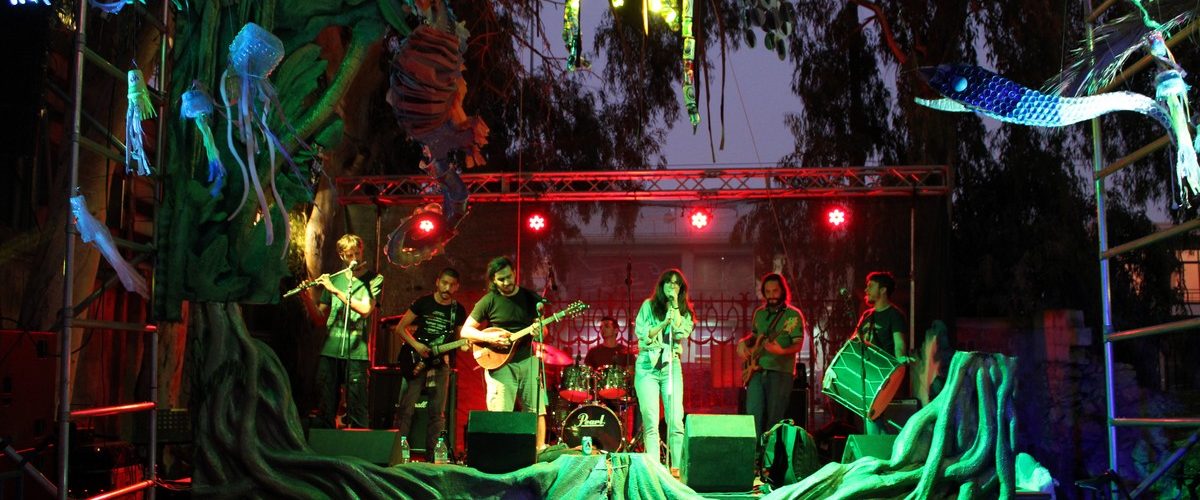
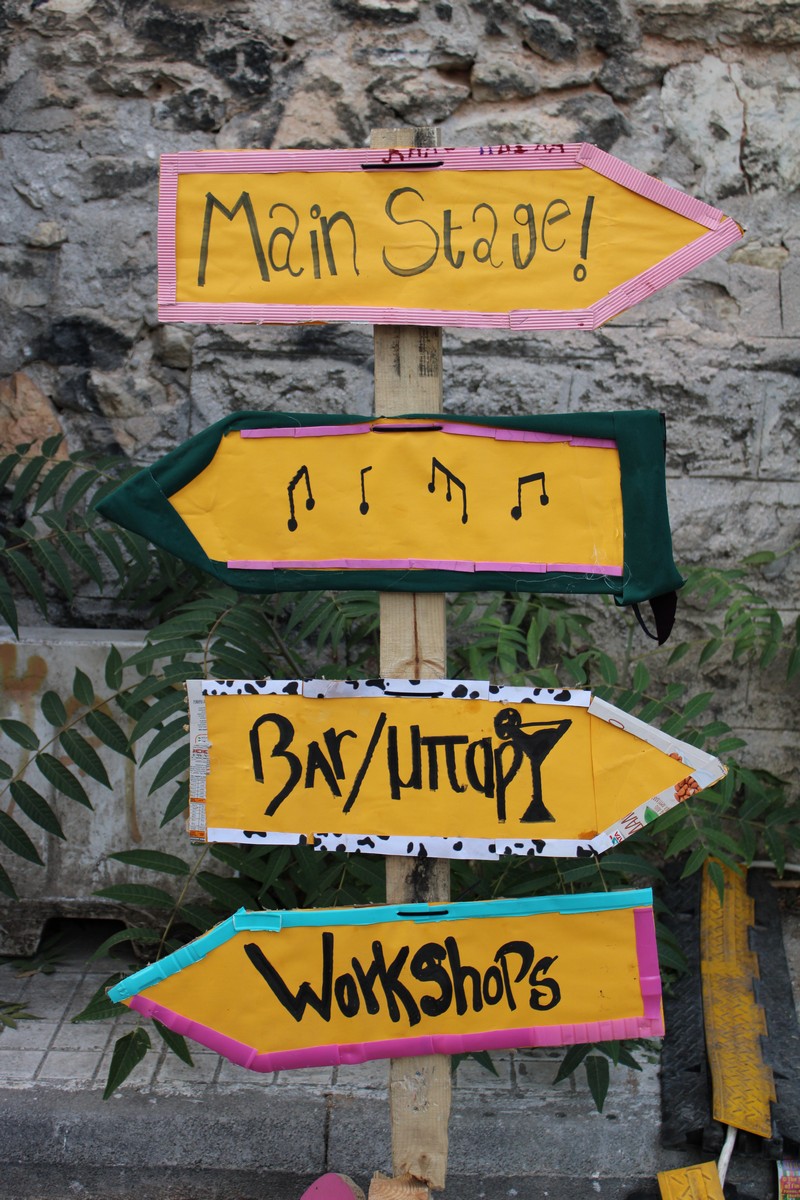
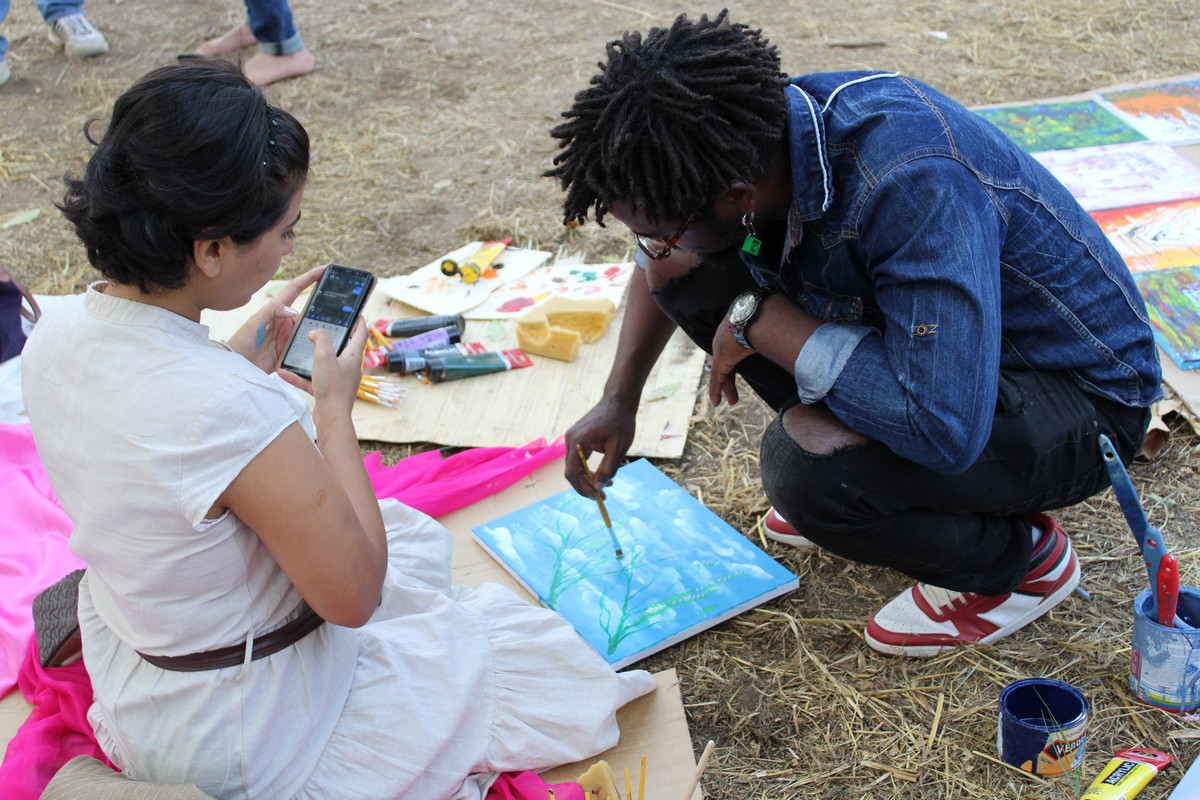

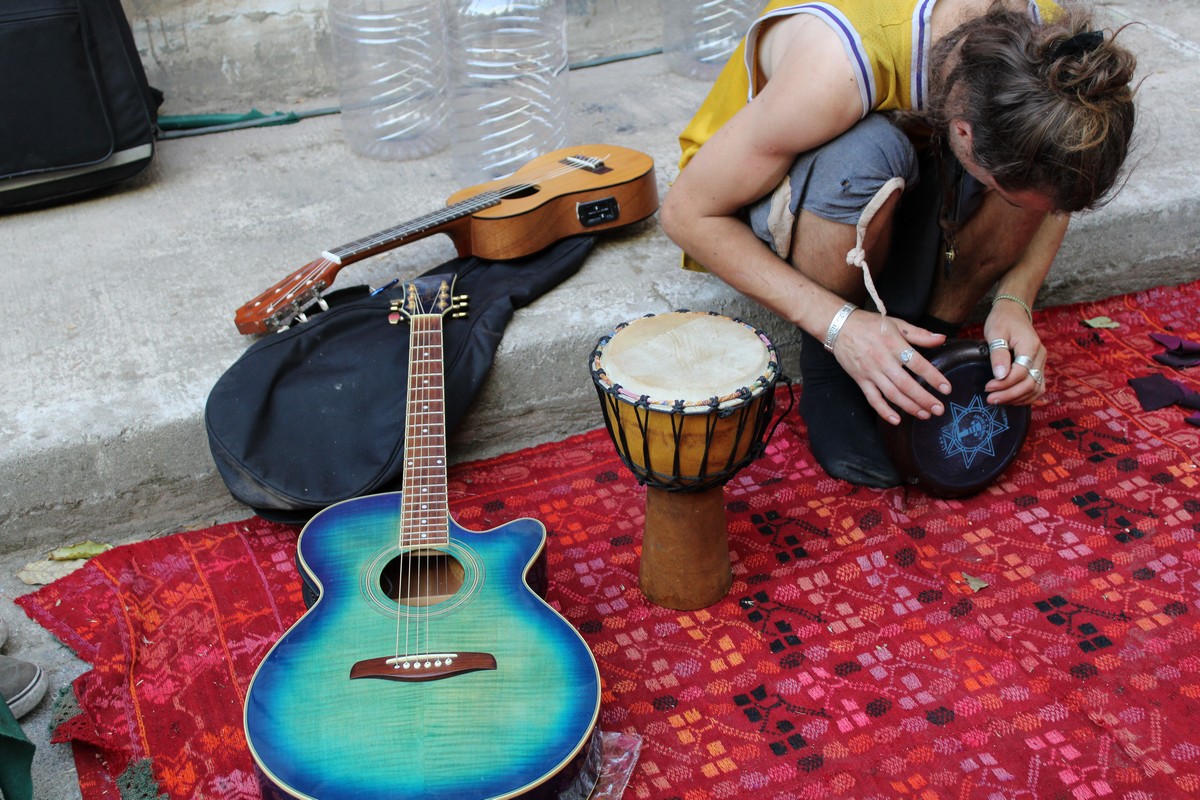

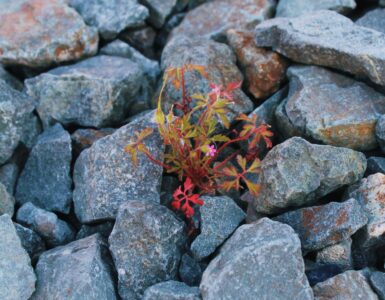

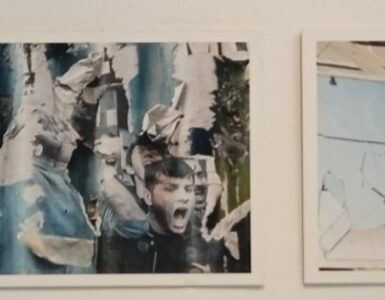


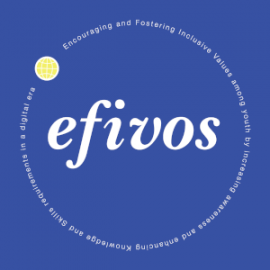

Add comment